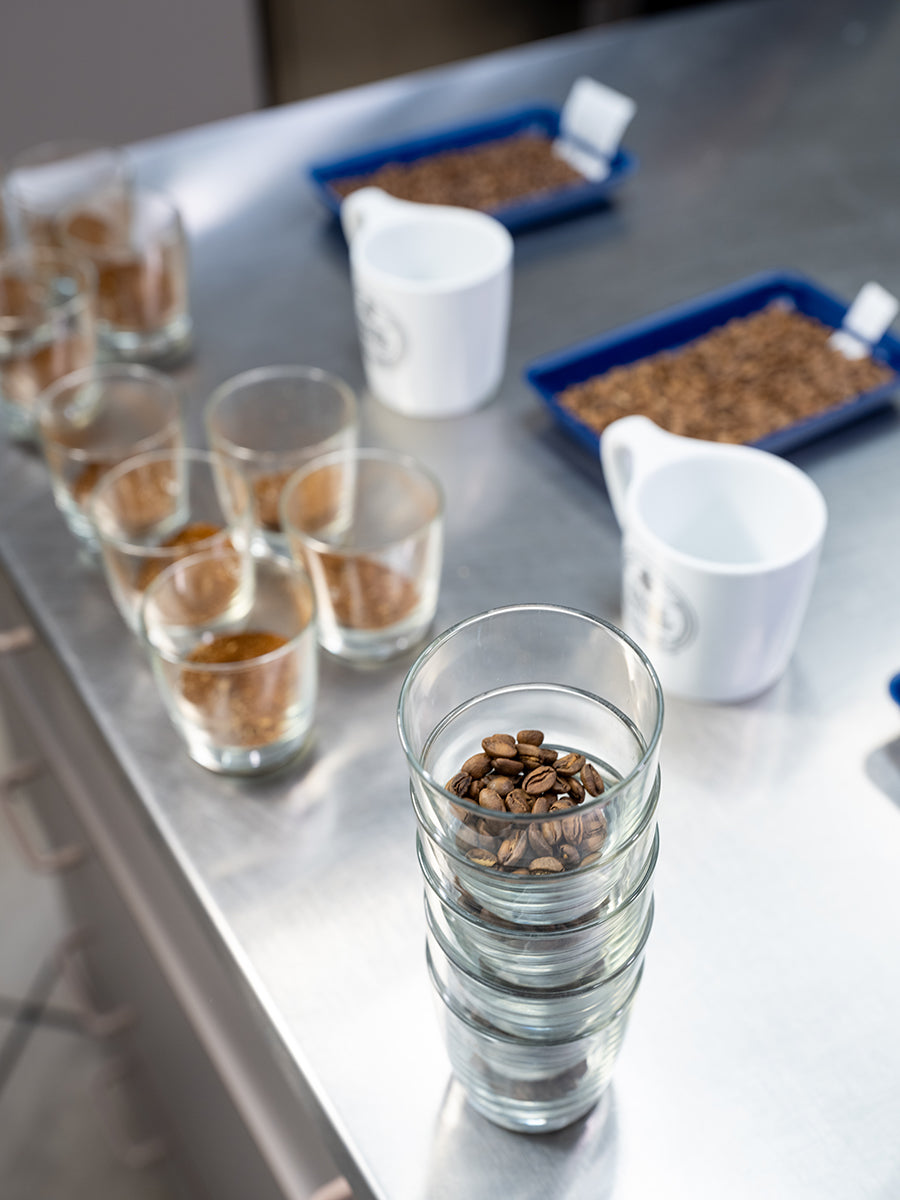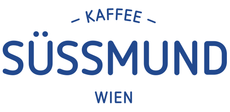Decaffeinated coffee
Decaffeinated coffee, also called decaf, is sometimes difficult to obtain and often undrinkable. This is often due to the decaffeination process, low-quality green coffee, poor roasting, or all of the above. Decaffeinated coffee is quite popular, not just among pregnant women. That's why we've selected particularly high-quality coffee beans for you, from which the caffeine has been extracted entirely without chemicals.
Availability (1)
Price
No products in this collection
Decaffeinated coffee from Süssmund Kaffee

Full coffee enjoyment despite decaffeination

Decaffeination according to the Swiss Water® method
Frequently Asked Questions
Does decaffeinated coffee contain caffeine?
Why do people drink decaffeinated coffee?
Which is the best decaffeinated coffee?
